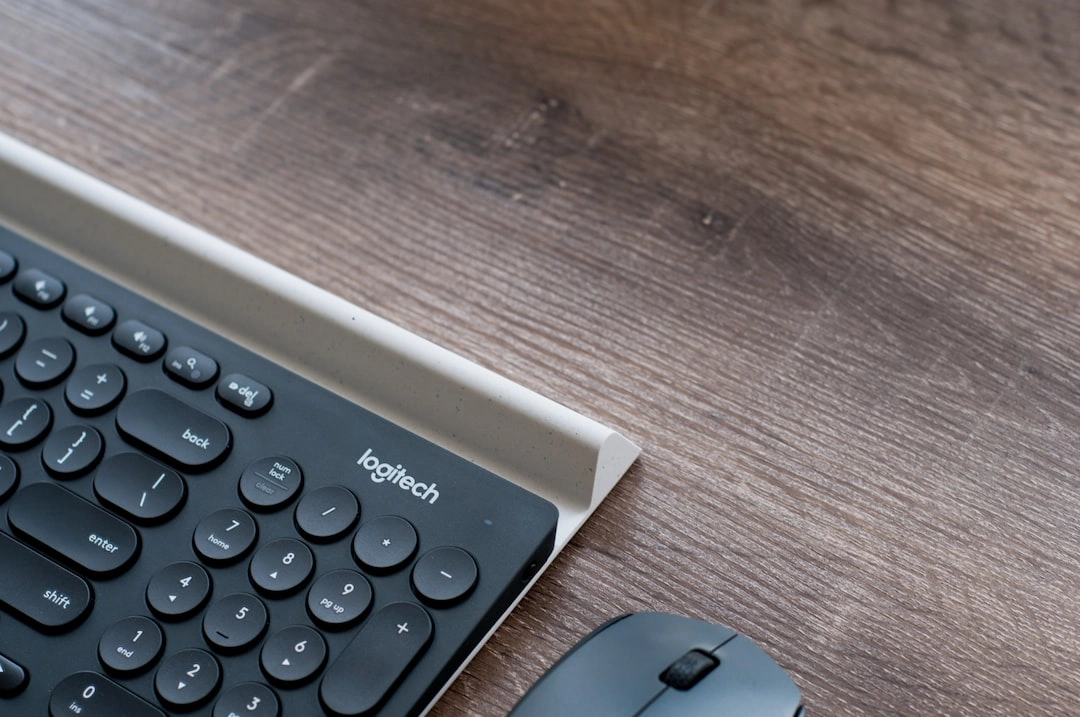
What are Eco-Friendly Gadgets for Daily Living?
Eco-friendly gadgets for daily living are technological devices that are designed and manufactured with a focus on minimizing their environmental impact. These gadgets are created using sustainable materials and energy-efficient technologies. They aim to reduce resource consumption, decrease greenhouse gas emissions, and promote a more sustainable lifestyle.
Real-World Problems Associated with Eco-Friendly Gadgets
While eco-friendly gadgets offer many benefits for the environment, they are not without their challenges and limitations. It is important to acknowledge and address these real-world problems to ensure a truly sustainable solution.
1. Limited Availability and Affordability
One of the main obstacles to widespread adoption of eco-friendly gadgets is their limited availability and higher price point compared to traditional alternatives. Sustainable technology is still an emerging market, and the production and distribution of eco-friendly devices often require specialized resources and processes, making them more expensive for consumers.
2. Electronic Waste Management
The introduction of new gadgets, even if they are eco-friendly, contributes to electronic waste. Proper disposal and recycling of electronic devices are crucial to prevent harmful chemicals and materials from entering the environment. However, the infrastructure for e-waste management is still lacking in many regions, leading to improper disposal and potential pollution.
3. Energy Consumption and Efficiency
Eco-friendly gadgets are designed to be energy-efficient, but their actual energy consumption can still vary. To ensure optimal energy efficiency, users need to be mindful of their usage patterns and habits. Additionally, not all eco-friendly gadgets are created equal in terms of energy-saving capabilities, and some may still consume a significant amount of energy compared to traditional alternatives.
4. Consumer Awareness and Education
There is still a lack of awareness and understanding among consumers regarding eco-friendly gadgets and their benefits. Many people are unaware of the environmental impact of their electronics and the importance of choosing sustainable alternatives. Educating consumers about the advantages of eco-friendly gadgets is crucial in encouraging widespread adoption.
5. Continuous Technological Advancements
The sustainable technology industry is constantly evolving, and newer, more eco-friendly gadgets are being developed. While it is a positive aspect, it also means that consumers may be hesitant to invest in current eco-friendly products, fearing that they may become outdated quickly. Keeping up with the latest advancements and striking a balance between innovation and sustainability is a challenge for both manufacturers and consumers.
Eco-friendly gadgets for daily living offer a promising solution for reducing our environmental footprint and embracing sustainable technology. However, addressing the real-world problems associated with these gadgets is essential to maximize their positive impact and ensure a more sustainable future.

Solutions to Real-World Problems of Eco-Friendly Gadgets
1. Promote Accessibility and Affordability
To encourage wider adoption, it is crucial to work towards making eco-friendly gadgets more accessible and affordable. This can be achieved through government incentives and subsidies, fostering competition in the sustainable technology market, and investing in research and development to streamline manufacturing processes and reduce production costs.
2. Improve Electronic Waste Management
Efforts should be made to enhance electronic waste management systems. This involves implementing effective recycling programs, establishing collection centers for e-waste, and raising awareness among consumers about proper disposal methods. Manufacturers can also design gadgets with modular and upgradable components to extend their lifespan and minimize electronic waste.
3. Enhance Energy Efficiency
Continuous improvement in energy efficiency should be a priority for eco-friendly gadget manufacturers. Stricter energy efficiency standards can be implemented, and consumers should be educated on energy-saving practices, such as utilizing power-saving modes, unplugging devices when not in use, and opting for gadgets with energy-efficient certifications.
4. Educate and Increase Consumer Awareness
Raising awareness about the environmental impact of electronic devices and the benefits of eco-friendly alternatives is crucial. This can be achieved through educational campaigns, workshops, and online resources. Manufacturers and retailers can also provide clear labeling and information about the sustainability features of their products to help consumers make informed choices.
5. Encourage Long-Term Thinking
To address concerns about technological advancements rendering eco-friendly gadgets obsolete, both manufacturers and consumers need to embrace a long-term perspective. Manufacturers should design products with durability and upgradability in mind, allowing for future improvements and reducing the need for frequent replacements. Consumers, on the other hand, should prioritize longevity over short-term trends and invest in gadgets with a longer lifespan.
By implementing these solutions, we can overcome the challenges associated with eco-friendly gadgets and pave the way for a more sustainable future. Embracing accessible, affordable, and energy-efficient technologies is essential in reducing our environmental footprint and promoting a greener way of life.















